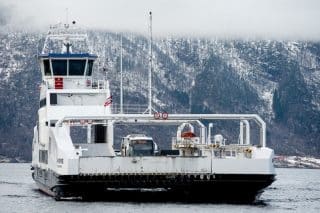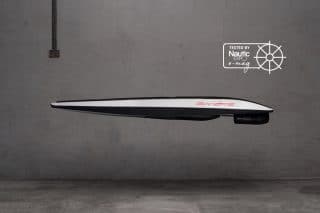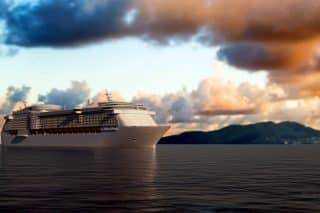Developed by Netherlands-based Water2Energy, a vertical axis water turbine (VAWT) with an innovative pitch control system is proving from 30% to 50% more efficient than traditional systems.
The VAWT will be installed at the country’s new Tidal Technology Center Grevelingen, due for completion in late 2017/early 2018. Water2Energy (W2E) has signed a technical development partnership with Dutch electrical system integrator Bakker Sliedrecht to further develop and deliver such turbines.
The position of the turbine blades is continuously modified such that they always receive the full force of streaming water. The resulting efficiency is enhanced by Bakker Sliedrecht’s design for the conversion of mechanical to electrical energy via a special set of gearboxes and generators. The company also created a smart system that delivers the electrical power to the grid.
“W2E concluded that a better, tailor-made energy conversion system would be required to have the turbine running at the best efficiency point,” a Bakker Sliedrecht spokesman explained to NauticExpo e-magazine.
An Automatic Control System
“The control system will be fully automatic and keep the load off the turbine at a maximum during the ever-changing tidal current flow. Even in the case of potential overloads due to extreme tidal differences, the system will be able to control the turbine and protect it.”
W2E general manager Reinier Rijke said, “With the Bakker Sliedrecht partnership, the conversion ratio from mechanical energy to electrical energy has improved significantly. This makes tidal energy an even more attractive type of sustainable energy.”
The Bakker Sliedrecht spokesman added, “The VAWT will work in all estuaries, tidal barriers, and rivers with sufficient water current. While it works in bi-directional tidal waters, it can also work in a one-directional flow.
5 kW to 500 kW Over a 24-Hour Cycle
“Over a 24-hour cycle, a single turbine will generate in the range of 5 kW to 500 kW. We expect that to increase to about 1.5 MW in a next stage of design.
“As a bonus, the VAWT is also proven to be safe for aquatic life and ecosystems,” he continued. “The turbine’s open structure allows fish to swim through easily. During development trials, it was shown that harm to fish swimming through the turbine was below 1%—significantly lower than the 20% fish damage caused by traditional water turbines.”
“The VAWT is also proven to be safe for aquatic life and ecosystems.”
The Dutch government recently granted the Tidal Technology Center Grevelingen (TTC–GD) €4.1 million to help build test channels for tidal turbines. Having Water2Energy’s VAWT chosen for initial installation at TTCG is something of a coup.
As of this writing, about 18 other turbine developers are interested in using the facility.
Designed to become the premier international research center for tidal energy, the center will provide developers the means to test, certify and showcase their products in a fully operational tidal facility. Access to it is by land, avoiding expensive offshore installation and operational costs.
The ultimate goal is to find a technology to use in Zeeland’s planned 60 MW tidal plant in the Brouwersdam. The TTC-GD should provide the required data and suitable solutions.






